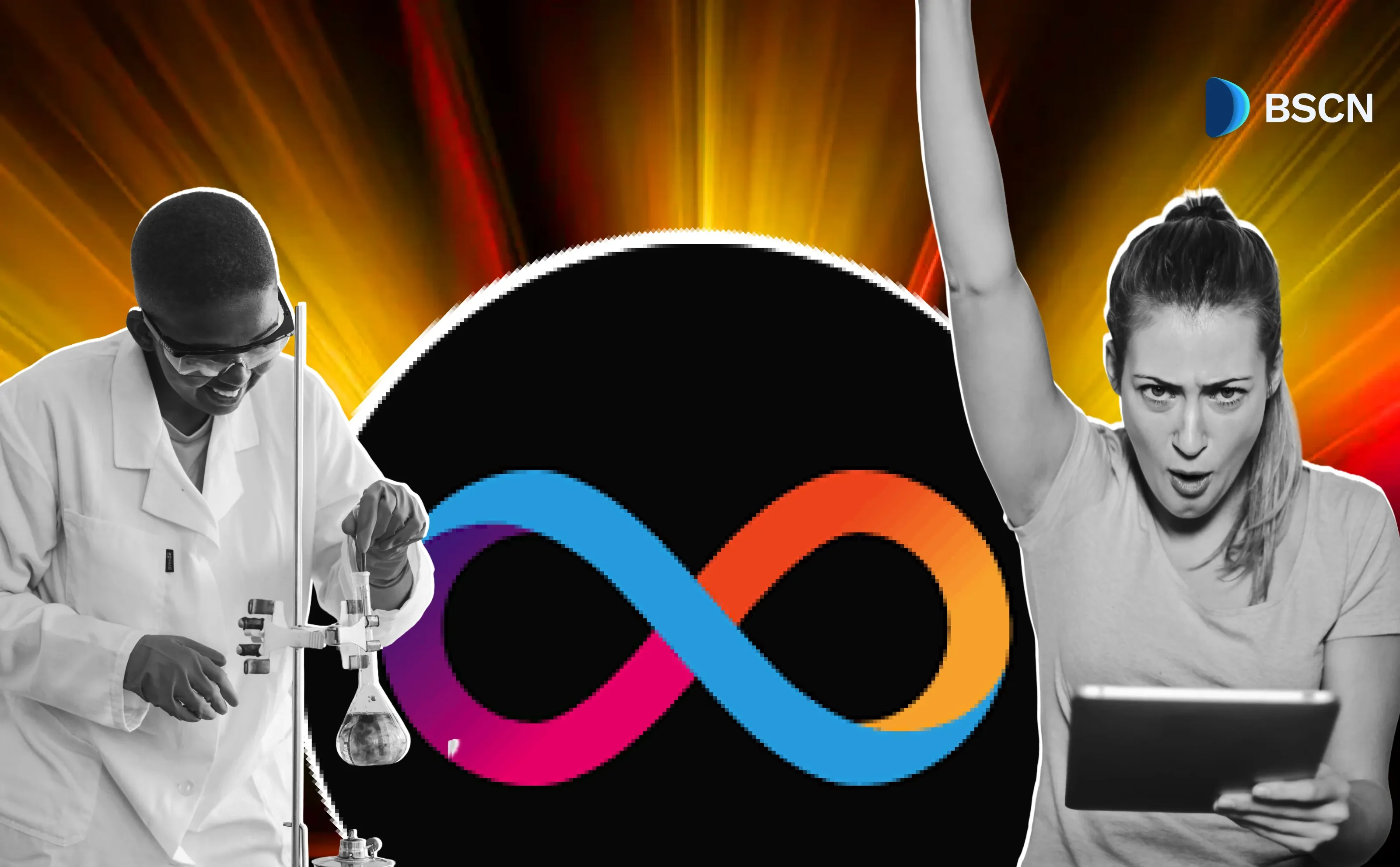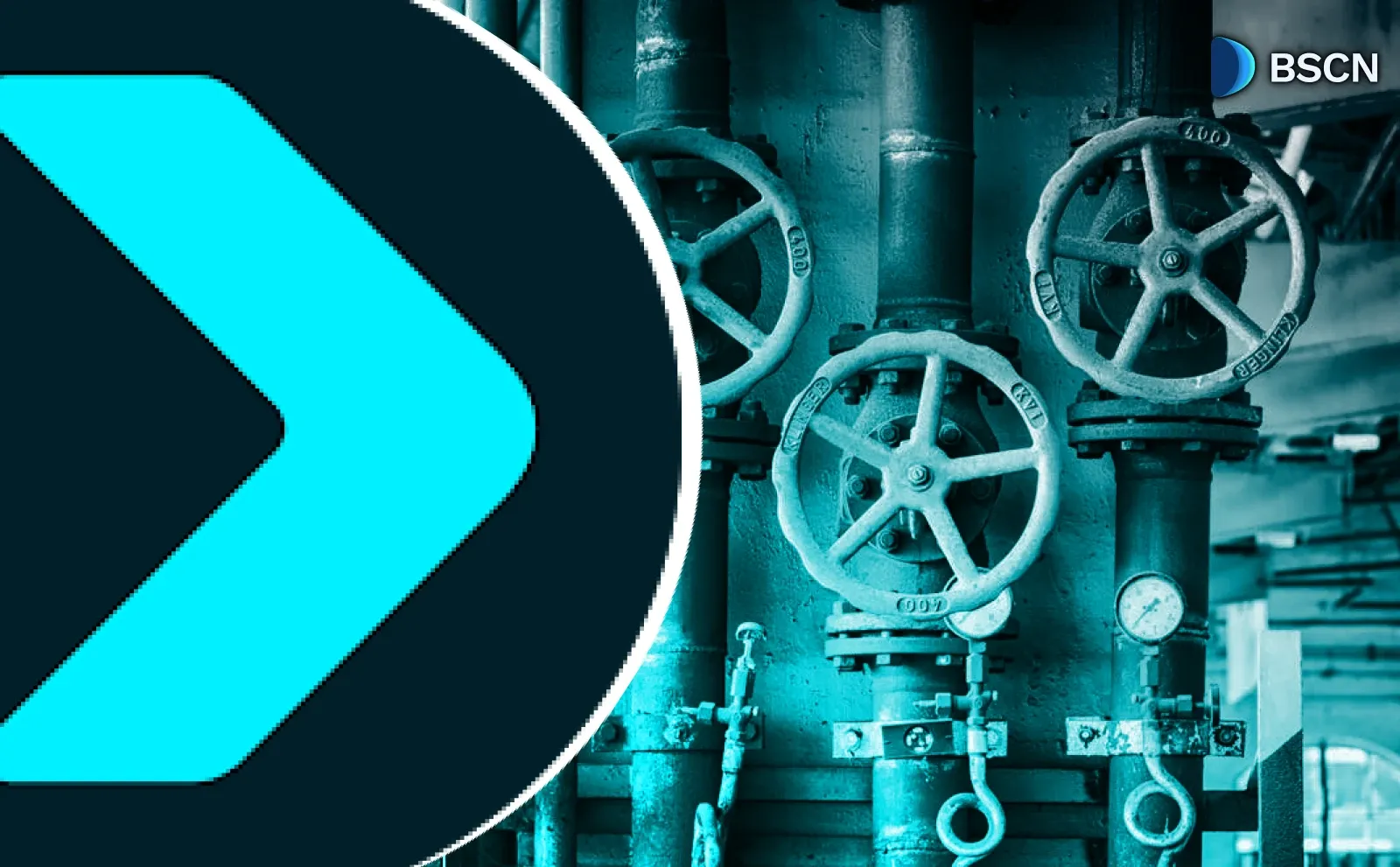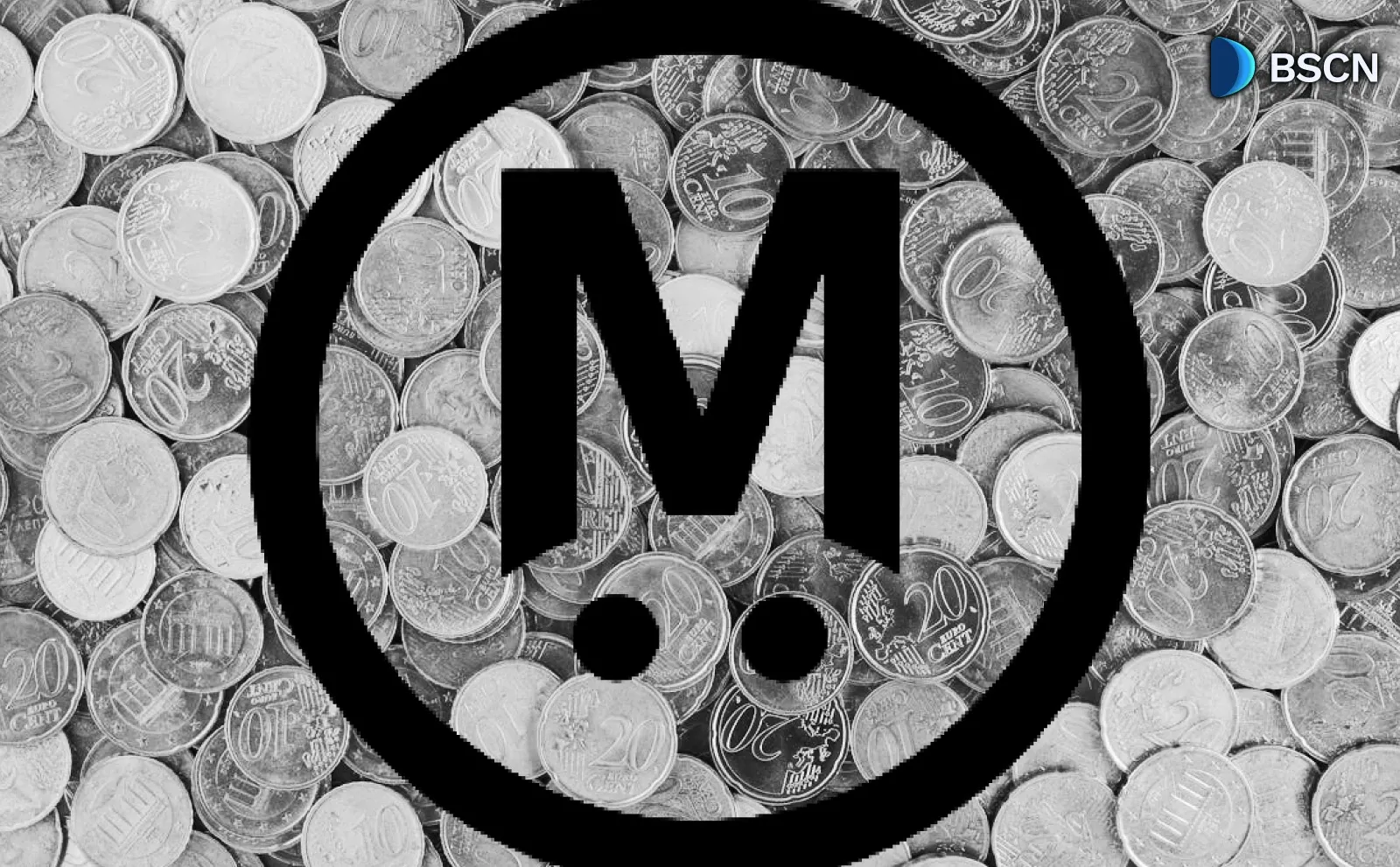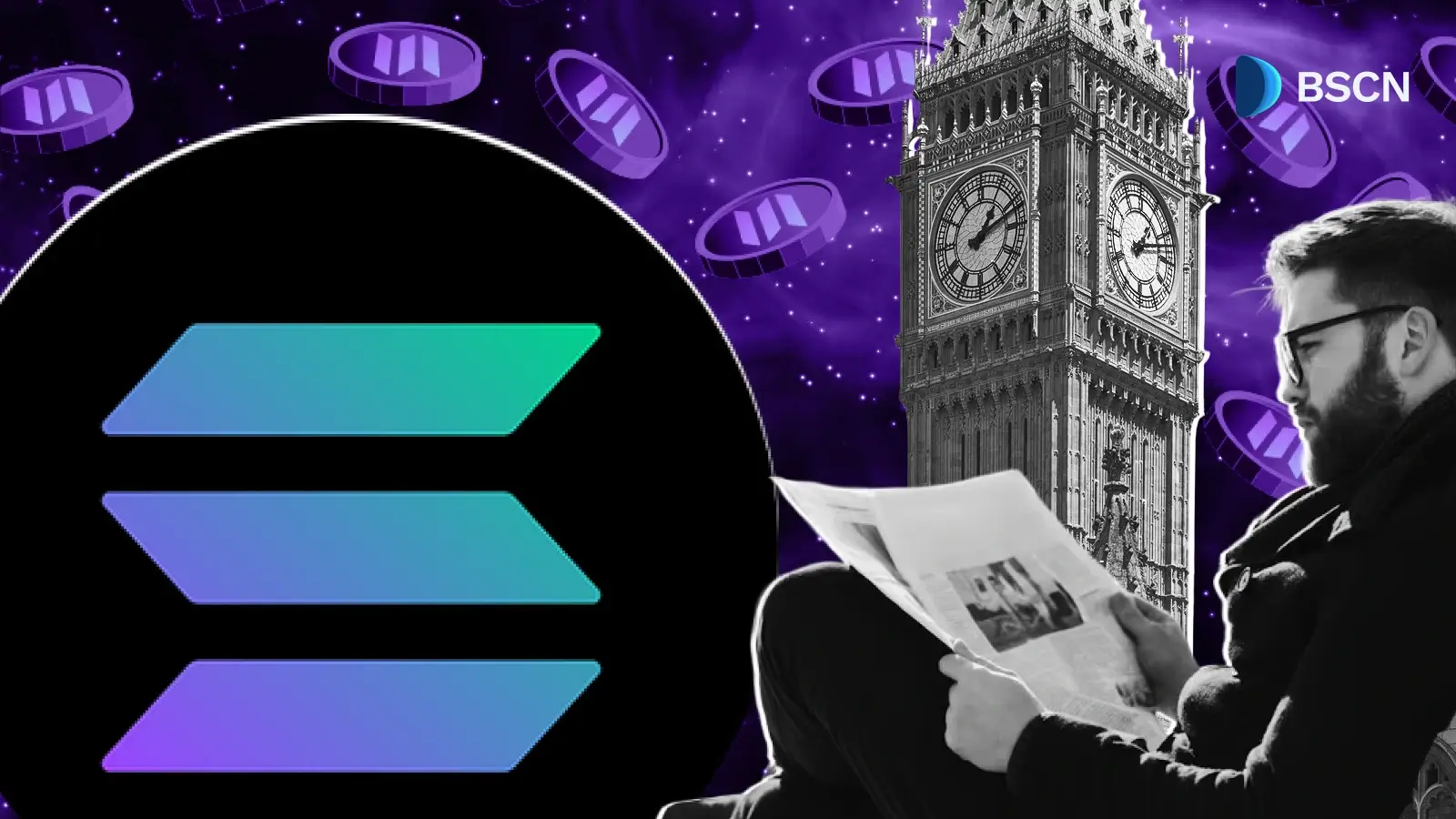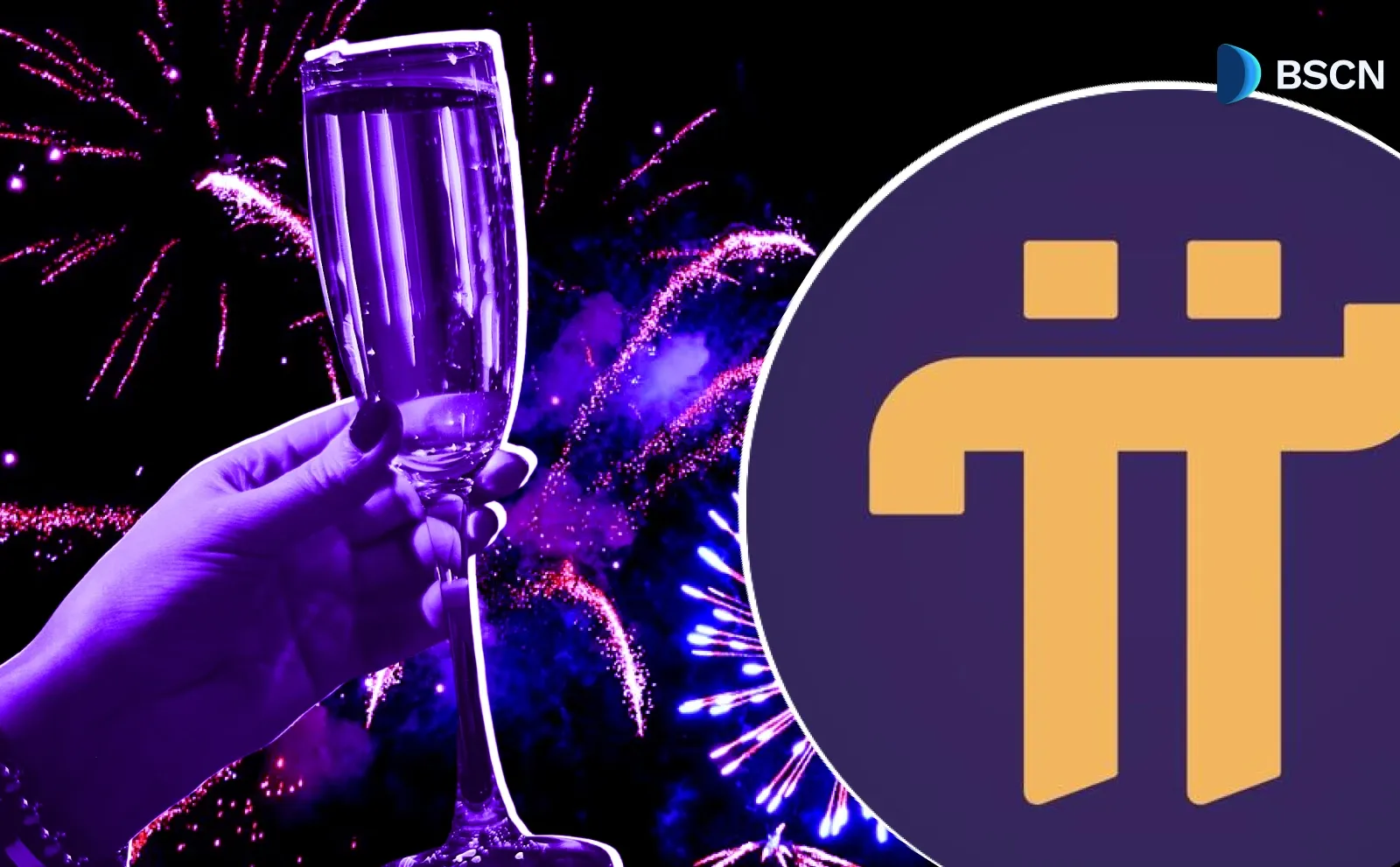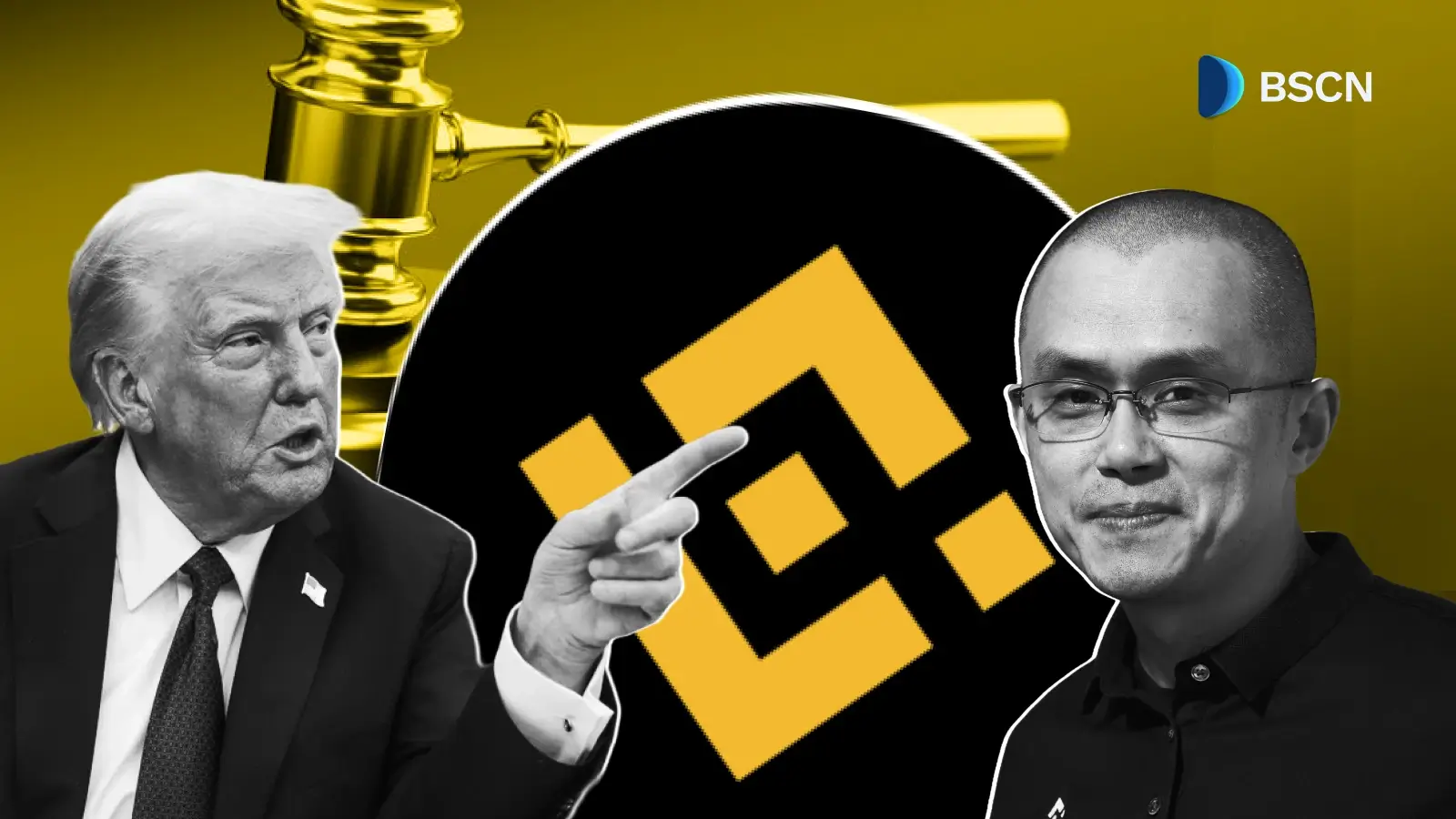WEB3
(Advertisement)
DEGA Insight: The Role of Blockchain in an AI Agent Ecology
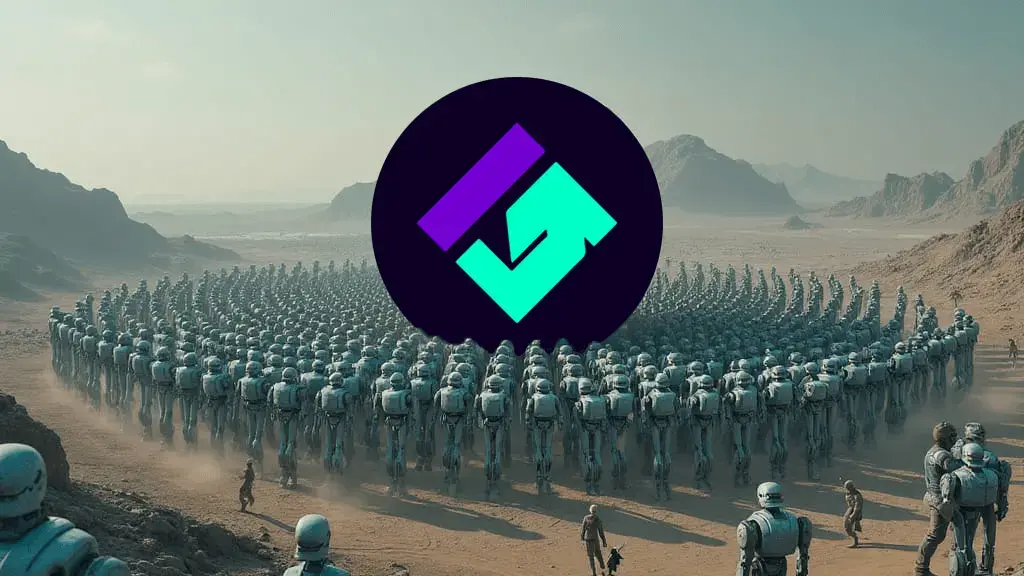
DEGA's latest thought-provoking research piece - How would an AI ecology actually look?
BSCN
September 21, 2024
(Advertisement)
In today’s evolving landscape of autonomous technologies, the fusion of AI and blockchain has become a fertile ground for innovation. One of the most promising implementations of this convergence is an AI agent ecology — a decentralized system of self-improving, autonomous agents. Unlike traditional industrial models where central control dictates functions, this ecological model is inspired by natural systems, enabling each agent to grow, adapt, and evolve organically.
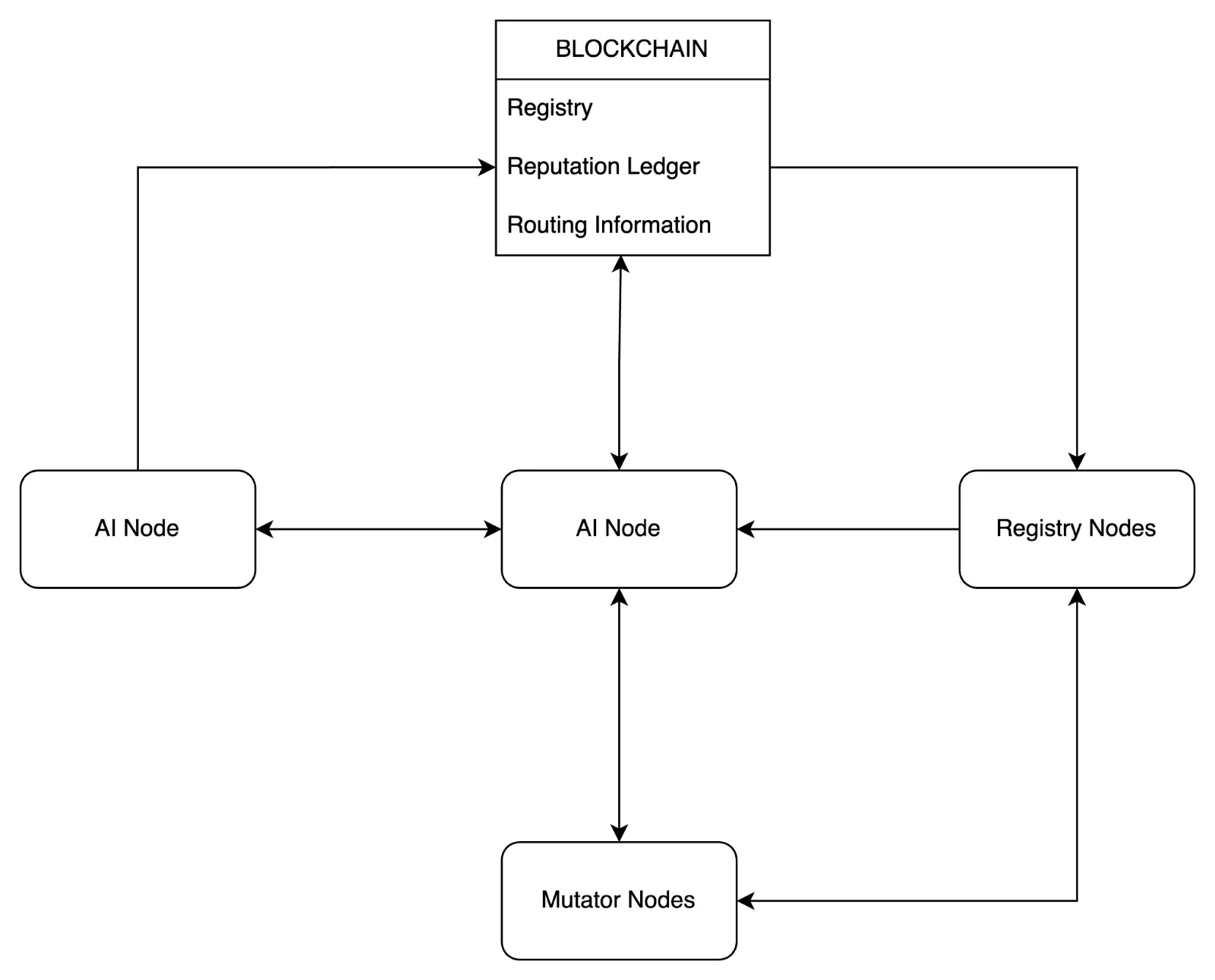
Decentralized Registration and Governance via Blockchain
At the heart of this AI agent ecology is the blockchain registry, which is responsible for governing and coordinating the interactions among the different nodes in the system. The blockchain serves as a neutral, incorruptible platform that manages critical elements like the registration of AI nodes, reputation scores (via a reputation ledger), and communication routing information. Smart contracts enforce these rules autonomously, ensuring that no single entity can manipulate the system, which encourages trust and fairness.
The blockchain’s role extends beyond governance to include metadata services such as tracking accepted tokens for payment and versioning of AI agents. This feature enables the system to scale without the bottlenecks of human oversight or centralized control. By keeping essential records immutable and transparent, blockchain ensures the integrity of each AI node and its contributions to the larger ecosystem.
Registry Nodes: Indexing and Validating Metadata
Registry nodes, as shown in the diagram, have a crucial role in maintaining the health of the entire network. These read-only nodes are responsible for indexing, reading, and validating the on-chain reputation system. As AI nodes continually evolve, their performance and efficiency are indexed in these nodes, providing essential feedback for future improvements.
While they do not alter the blockchain itself, Registry nodes modify their internal state based on blockchain data. This makes them essential for keeping track of the reputation and trustworthiness of AI nodes, as well as other metadata like routing and versioning of the agents. Without these nodes, the swarm of AI agents would lack the coordination necessary to operate harmoniously and autonomously.
AI Nodes: The Core Engine of the Ecosystem
At the core of the AI agent ecology are the AI nodes themselves. They handle the heavy lifting in terms of computation and decision-making. Each AI node contains the modules necessary to process complex inputs — whether text, images, or other data formats — and interact with clients or other nodes to fulfill requests. They form the basis of the agent swarm intelligence, interacting not only with end-users but also amongst themselves to delegate tasks, optimizing their workload in real-time.
The decentralized nature of these AI nodes ensures redundancy and network resilience. If one node fails or underperforms, another can pick up its tasks. Their interactions are governed by algorithms that take into account real-time performance data, shared via blockchain and evaluated by other nodes.
Mutator Nodes: The Autonomous Self-Improvement Mechanism
The standout feature of this AI agent ecology is its capacity for self-improvement. Mutator nodes provide the evolutionary mechanism by which the entire system becomes more efficient over time. These nodes analyze the metadata gathered from both AI nodes and Registry nodes, seeking patterns that indicate potential improvements in configuration, workflows, or task delegation.
Unlike traditional top-down optimization processes, where an external administrator adjusts settings, the AI agent ecology follows a bottom-up feedback loop. Mutator nodes use machine learning algorithms and large language models (LLMs) to suggest or even implement new configurations autonomously. This allows the system to constantly evolve, improve, and adapt without human intervention.
The Ecological Approach: A Contrast to Industrial Models
One of the most significant advantages of this model is its inspiration from ecological systems, where each agent plays a role in a larger, self-regulating network. This is in stark contrast to traditional industrial models, where centralized systems dictate workflow, often leading to inefficiencies or single points of failure.
In this AI agent ecology, every node — whether it’s an AI, Registry, or Mutator node — plays a specialized role. AI nodes act as the central processing units, performing the tasks needed to run the agents. Registry nodes maintain the reputation and operational integrity, while Mutator nodes ensure continual improvement. Each node type has its distinct function but works symbiotically, allowing the entire system to grow organically, akin to the natural evolution of species in an ecosystem.
Conclusion: A Future of Autonomous Swarms
The decentralized, self-improving swarm of AI agents described here offers a glimpse into the future of artificial intelligence. Through the use of blockchain, this system remains transparent, secure, and scalable, while the incorporation of Mutator nodes ensures that the AI agents continually improve over time. By adopting an ecological rather than industrial approach, this AI agent network promises to revolutionize industries that rely on automation, intelligence, and adaptability.
In essence, the role of blockchain in this AI agent ecology is to facilitate a new age of decentralization — where autonomous, self-improving swarms replace rigid, top-down models. As this system matures, its applications will extend into a variety of fields, transforming not just how AI works but how we integrate AI into the fabric of daily life
[Disclaimer: This is a press release. BSCN does not endorse and is not responsible for or liable for any content, accuracy, quality, advertising, products, or other materials on this page. The project team has purchased this advertisement article as part of a package for 9,375,000 Dega tokens. Readers should do their own research before taking any actions related to the company. BSCN is not responsible, directly or indirectly, for any damage or loss caused or alleged to be caused by or in connection with the use of or reliance on any content, goods, or services mentioned in the press release.]
Read Next...
(Advertisement)
Latest News
(Advertisement)
Crypto Project & Token Reviews
Project & Token Reviews
Comprehensive reviews of crypto's most interesting projects and assets
Learn about the hottest projects & tokens





